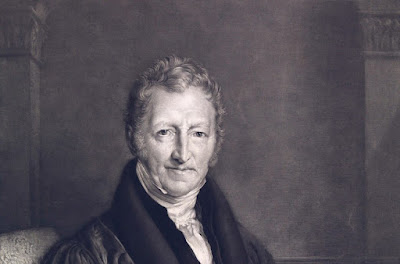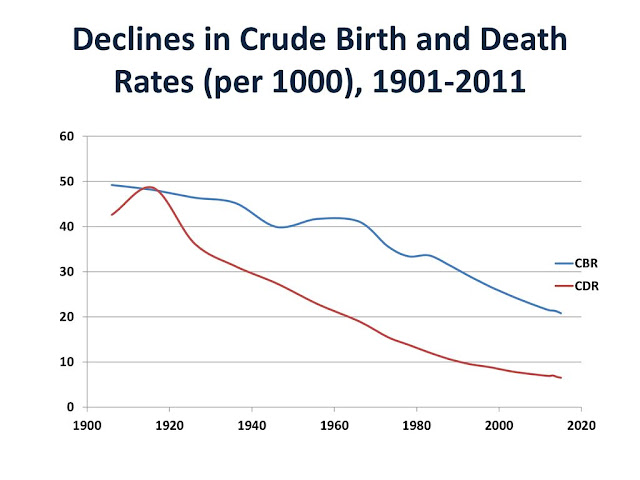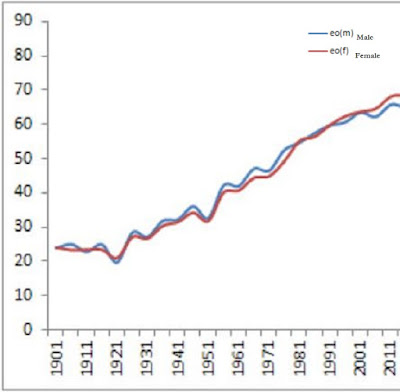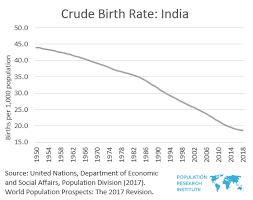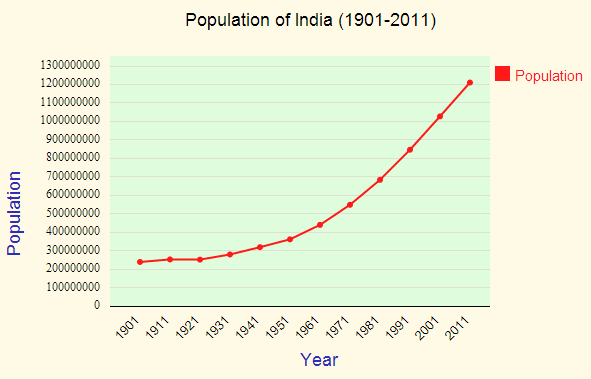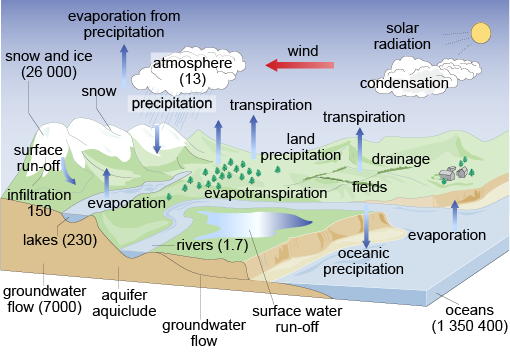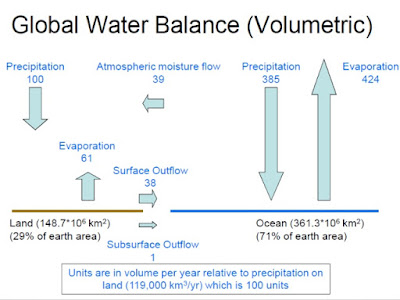MALTHUS THEORY OF POPULATION GROWTH
Thomas Robert Malthus gave his idea about population growth in his famous book " Essay on the principle of population as it affects the future improvement of society"
published in 1798 and modified some of his conclusion in 1803.
CLASSICAL THEORY:
The Malthusian Theory Explained the relationship between the population growth and food supply.He stated that population increases faster than the food supply.
The Malthusian stated two mathematical concept to explain the trends of population growth.
1. Arithmetic Progression: The food supply progresses slowly as land is constant.The food supply increases in such ways 1,2,3,4,5,6,7,8,9,10 and so on.
2. Geometric Progression: The population increases in successive time such as 1,2,4,8,16,32,64,128,256 and so on
Therefore, Imbalance condition will be created.As the trends of population growth is faster than the supply of food so that he predicted that population will be double at 25 years.
To control over the growth of population ,Malthus suggested two checks
- The positive Checks
- The preventive Checks
CRITICISMS:
The Malthus theory was widely discussed and criticized during 19th and 20th century.
- The two mathematical concept i.e arithmetic and geometric progression were not related in reality because there are some developed countries where population growth is very low that will take 200 years to double
- Land is limited but improvement of technologies, there must be increased the food production.
- He neglected the man power but he didn't think if the population is high then man power will high
However there was many criticism in Malthus theory but still his theory is very much important. as we have seen in many developing countries were standing second stage of demographic transition model in which the birthrate remained same and death rate declined so that population increased which effected the growth of a country,thus the population should be controlled.
